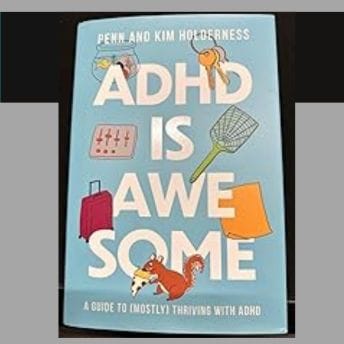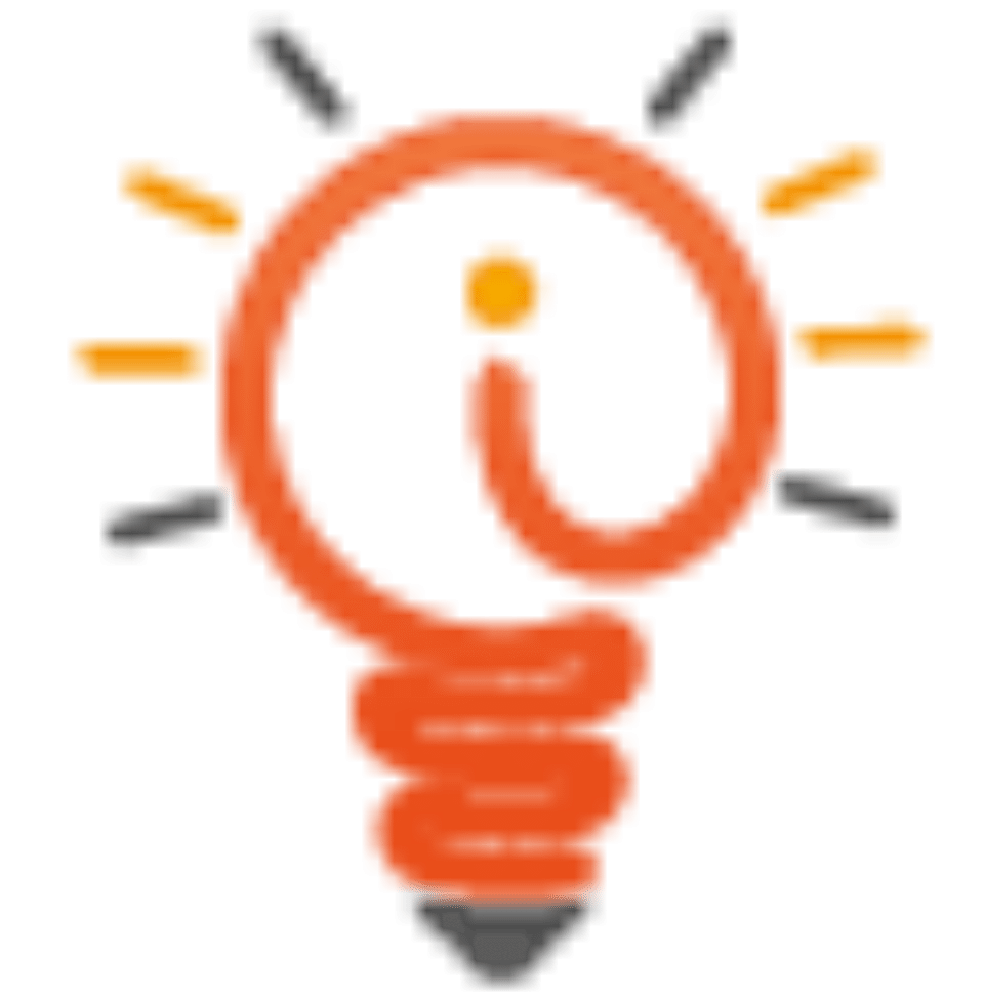Key Takeaways:
- Technology offers numerous tools that can aid individuals with ADHD in managing their symptoms effectively.
- While technology can be beneficial, it also presents potential pitfalls that need to be navigated carefully.
- Understanding both the advantages and disadvantages of technology can help individuals with ADHD make informed decisions.
Understanding ADHD and Its Challenges
Attention Deficit Hyperactivity Disorder (ADHD) is a neurodevelopmental disorder that affects both children and adults.
It is characterized by symptoms such as inattention, hyperactivity, and impulsivity. These symptoms can make daily tasks and responsibilities challenging.
- For instance, someone with ADHD might struggle to focus on a task for an extended period or may act impulsively without considering the consequences.
Living with ADHD often feels like trying to juggle too many balls at once. The constant distractions and the inability to stay organized can be overwhelming.
However, technology has emerged as a double-edged sword in this context ... On one hand, it offers tools that can help manage ADHD symptoms, but on the other, it can also exacerbate them if not used wisely.
Here's a resource that shows how living with ADHD can be awesome ..

The Role of Technology in Managing ADHD
Technology has revolutionized the way we approach ADHD management. Various apps and devices are designed to help individuals with ADHD stay organized, focused, and on track.
- For example, apps like Todoist and Trello can help create structured to-do lists and manage tasks efficiently. These tools can be lifesavers for someone who struggles with organization and time management.
Moreover, technology can provide reminders and alerts to help individuals stay on schedule. Calendar apps (like the Google Calendar) with notification features can remind users of important tasks and deadlines, reducing the likelihood of forgetting crucial responsibilities.
*These technological aids can significantly improve the quality of life for those with ADHD by providing structure and reducing chaos.
Potential Pitfalls of Technology for ADHD
While technology offers numerous benefits, it also comes with potential pitfalls that can be particularly challenging for individuals with ADHD.
One major issue is the risk of distraction ...
Social media, video games, and other digital entertainment can easily divert attention away from important tasks. This can lead to procrastination and a decrease in productivity.
Another pitfall is the potential for over-reliance on technology.
While apps and devices can be helpful, they should not replace traditional methods of managing ADHD symptoms, such as therapy and medication. Over-reliance on technology can create a false sense of security and may not address the root causes of ADHD symptoms.
Helpful Apps for ADHD Management
Several apps have been specifically designed to help individuals with ADHD manage their symptoms.
For instance, the app "Forest" encourages users to stay focused by growing a virtual tree that flourishes when they avoid using their phone. This gamified approach can be particularly effective for those who struggle with maintaining focus.
Another useful app is "Habitica" which turns daily tasks and goals into a role-playing game. Users earn rewards for completing tasks and can level up their characters, making mundane activities more engaging and motivating.
These apps leverage the power of gamification to make task management more enjoyable and effective.
The Importance of Setting Boundaries
Setting boundaries is crucial when using technology to manage ADHD ... It's easy to get sucked into the digital world and lose track of time.
- Therefore, it's essential to establish clear limits on screen time and stick to them. Using apps that track and limit screen time can be beneficial in this regard.
- Additionally, creating a designated workspace free from distractions can help improve focus and productivity. This might involve setting up a specific area for work or study and keeping it free from non-essential gadgets and devices.
*By setting boundaries, individuals with ADHD can use technology to their advantage without falling into the trap of distraction.
The Role of Wearable Technology
Wearable technology, such as smartwatches and fitness trackers, can also play a significant role in managing ADHD.
These devices can provide reminders and alerts, helping individuals stay on track with their tasks and appointments.
- For example, a smartwatch can vibrate to remind the user to take a break or switch tasks, which can be particularly helpful for those who struggle with time management.
- Moreover, wearable technology can track physical activity and sleep patterns, providing valuable insights into overall health and well-being.
Since physical activity and adequate sleep are crucial for managing ADHD symptoms, these devices can offer a holistic approach to ADHD management by promoting a healthy lifestyle.
The Impact of Social Media
Social media can be a double-edged sword for individuals with ADHD ...
- On one hand, it offers a platform for connecting with others and finding support. Online communities and forums can provide valuable advice and encouragement from people who understand the challenges of living with ADHD.
- On the other hand, social media can be a significant source of distraction. The constant notifications and the endless scroll of content can make it difficult to focus on important tasks.
*It's essential to use social media mindfully and set limits to prevent it from becoming a hindrance rather than a help.
The Benefits of Mindfulness Apps
Mindfulness apps, such as Headspace and Calm, can be incredibly beneficial for individuals with ADHD.
These apps offer guided meditation and mindfulness exercises that can help improve focus and reduce stress. Practicing mindfulness can enhance self-awareness and help individuals better manage their ADHD symptoms.
Moreover, mindfulness apps often include features such as breathing exercises and sleep stories, which can promote relaxation and improve sleep quality.
Since stress and poor sleep can exacerbate ADHD symptoms, incorporating mindfulness practices into daily routines can have a positive impact on overall well-being.
The Role of Educational Technology
Educational technology can be a valuable resource for students with ADHD ...
Tools such as interactive learning apps and online courses can make learning more engaging and accessible.
- For example, apps like Khan Academy and Duolingo offer interactive lessons that can hold the attention of students with ADHD better than traditional teaching methods.
Additionally, educational technology can provide personalized learning experiences tailored to the individual needs of students with ADHD ...
- Adaptive learning platforms can adjust the difficulty level of tasks based on the student's performance, ensuring that they are neither bored nor overwhelmed.
*This personalized approach can enhance learning outcomes and boost confidence.
The Importance of Parental Involvement
For children with ADHD, parental involvement is crucial in managing the use of technology. Parents can help set boundaries and monitor the use of digital devices to ensure that they are being used effectively.
This might involve
- setting up parental controls,
- establishing screen time limits, and
- encouraging the use of educational and productivity apps.
Moreover, parents can model healthy technology habits by demonstrating balanced use of digital devices.
By setting a positive example, parents can help their children develop healthy relationships with technology and avoid potential pitfalls.
*Active parental involvement can make a significant difference in how children with ADHD use and benefit from technology.
FAQ
Q: Can technology replace traditional ADHD treatments like therapy and medication?
A: No, technology should not replace traditional ADHD treatments. While apps and devices can be helpful, they should complement, not replace, therapy and medication.
It's important to consult with a healthcare professional to develop a comprehensive treatment plan.
Q: How can I prevent technology from becoming a distraction?
A: Setting boundaries is key to preventing technology from becoming a distraction.
Use apps that track and limit screen time, create a designated workspace free from distractions, and establish clear limits on the use of digital devices.
Q: Are there any specific apps recommended for managing ADHD?
A: Yes, several apps are specifically designed to help manage ADHD symptoms. Examples include "Forest" for staying focused, "Habitica" for gamifying tasks, and mindfulness apps like "Headspace" and "Calm" for reducing stress and improving focus.
Summing It All Up
Technology offers a plethora of tools that can aid individuals with ADHD in managing their symptoms effectively.
From productivity apps to wearable devices, these tools can provide structure, reminders, and motivation. However, it's essential to be aware of the potential pitfalls, such as distraction and over-reliance on technology.
By setting boundaries and using technology mindfully, individuals with ADHD can harness its benefits while minimizing its drawbacks.
Disclaimer.
When you purchase through links on our site, we may earn an affiliate commission. We sometimes use affiliate links to products and services on retailer sites for which we can receive compensation if you click on those links or make purchases through them.








